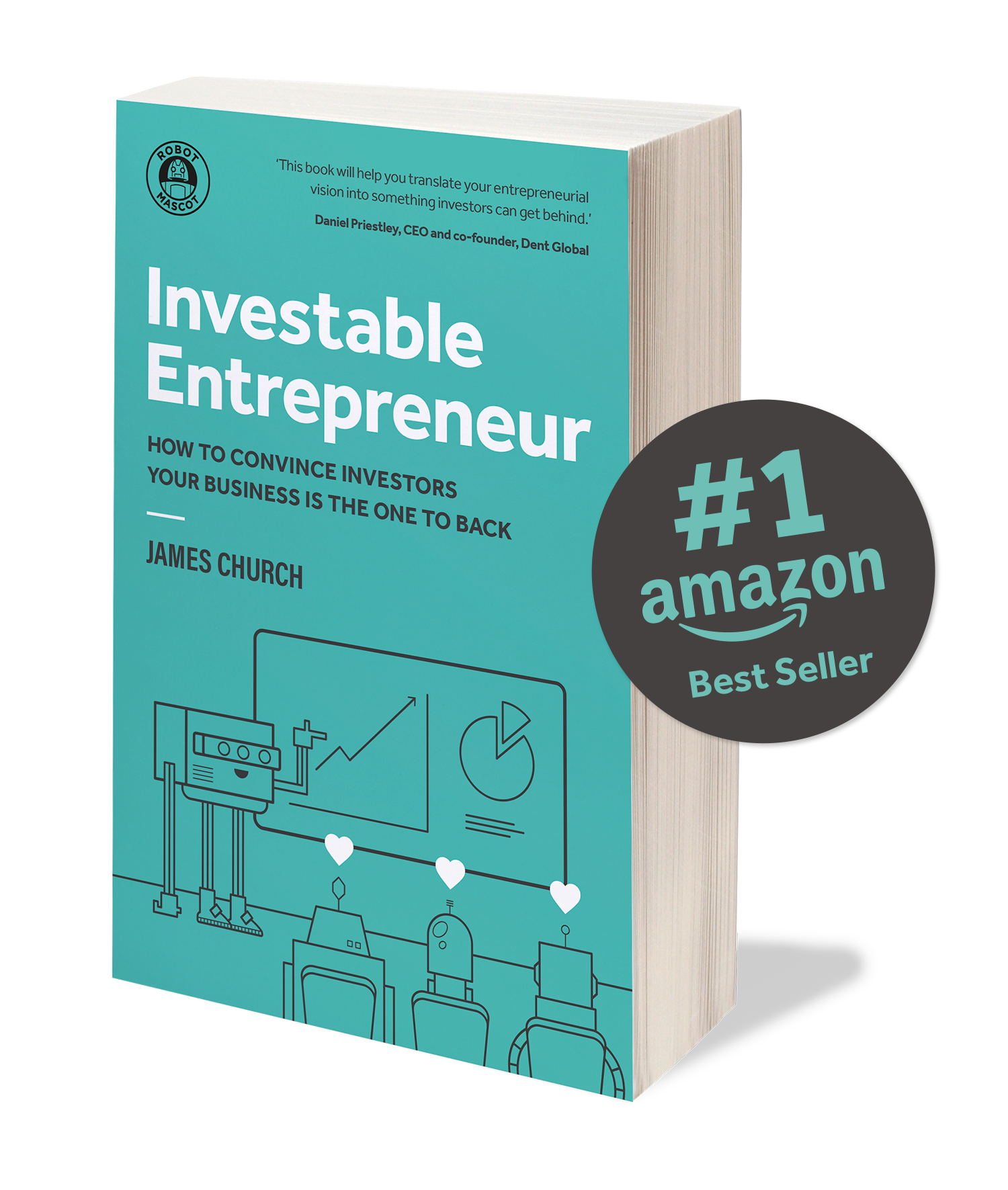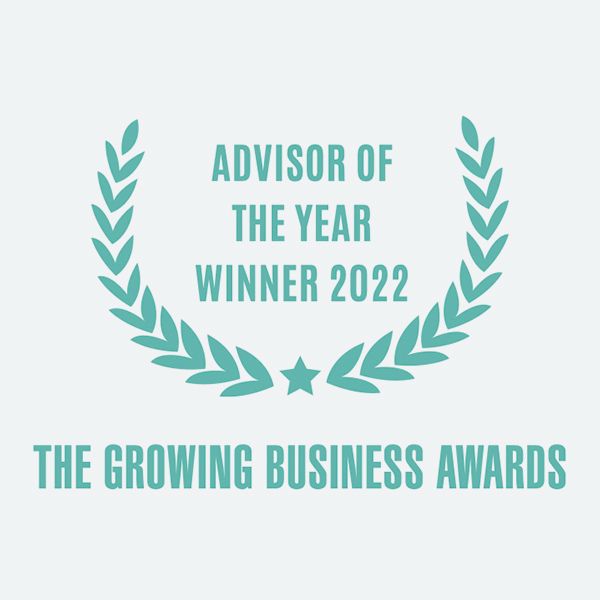

Five Ways To Make Your Pitch Deck Stand Out From the Crowd
15th November 2022
A pitch deck is an important tool for every startup founder to have on hand when they are fundraising or looking for investors. It’s a crucial element to any fundraising journey and can make or break your chances at raising investment.
With investors being handed hundreds to thousands of pitch decks each year, here are five things you need to know to help you stand out from the crowd.
What is a pitch deck?
A pitch deck is a text and graphic presentation that clearly and concisely details everything essential that a prospective investor (like an angel investor or a venture capitalist) needs to know about a startup founder’s business venture. It’s the compelling visual overview that will motivate the investor to keep talking with you and eventually lead to a deal.
What a pitch deck isn’t
Unfortunately, throughout our many years of helping investable entrepreneurs create the perfect pitch deck, we’re continuing to notice that too many newbie founders and entrepreneurs think a pitch deck and a business plan are the same things. They’re not. Get them confused, and you’ve almost certainly blown yourself out of the water before even walking into the room.
Just as the chicken comes before the egg (if there are any metaphysicians reading this, we’re not getting into the debate about “But without the first egg, where did the first chicken come from?”), the business plan must always come before the pitch deck. That’s why creating a realistic business plan is the first stage in our Six Principles of the Perfect Pitch.
If you need assistance formulating your business plan, our online platform PitchPrep will help. When we realised how much business plan/pitch deck confusion was out there, we specifically designed PitchPrep to help our founders formalise their business plan thinking.
What does a pitch deck look like?
The perfect pitch deck usually consists of between 15-20 slides. It includes all the vital information about your business plan, product or service, target market, financial goals, fundraising requirements, and other key metrics. That’s a tremendous amount of material to distil into a small package while still keeping it informative, appealing, and visually engaging. However, following these five top tips for making your pitch deck stand out from the crowd will help you get there.
Tip 1: Prepare. Construct. Create.
Prepare, Construct, and Create are the three key phases you must follow to create a perfect pitch (and ultimately a perfect pitch deck), and it’s vital that you don’t miss any steps. Get this part wrong, and your pitch deck won’t even get a glimpse of the crowd, let alone stand out from it.
Prepare.
Prepare involves assembling two of your most critical fundraising assets (and the first two principles of the Six Principles of the Perfect Pitch), a persuasive business plan and a set of credible financial projections. You must ensure that your plan and projections meet investor expectations, are thorough enough to withstand their scrutiny, and that your product or service has a clear market fit.
Construct.
Construct is when you take the raw information from your 30-plus page business plan and multiple financial projections and reduce them into 15 to 20 key slides. Each slide should contain only the most important and relevant information and must be less than 100 words long. It is essential that you choose each of those words carefully to make sure that each sentence packs a punch and leaves the investor in no doubt as to what your business is and the massive potential it has to deliver them a significant return.
The other important point to remember is that these aren’t 15 or 20 standalone slides. From the very first slide until the very last slide, you are telling the investor the story of who you are, what you’re doing, why you’re doing it, and what they’ll gain from coming on this journey with you. Never lose sight of your narrative, and always stay focused on the next three perfect pitch principles – Structure, Content, and Clarity – to keep your pitch content clear, logical, and compelling.
Create.
Create is where you transform your content into a professional pitch deck presentation that will engage investors, prove your authority, and build their trust. Therefore, it will be no surprise that this phase is centred around the last of the six perfect pitch principles, Design. By incorporating carefully chosen typography, diagrams, imagery, and infographics, your perfect pitch deck will accomplish two things:
It will clearly explain to investors what makes your idea unique and why they should invest in you.
It will reinforce your brand positioning, values, and ethos.
Tip 2: Make sure your pitch deck includes these elements
Introduction: Describe your business and your unique value proposition, i.e., what sets your product or service apart from your competitors.
The problem: the pain point your target market faces that your product or service will address.
The solution: how your product or service will solve the pain point and make your customer’s life easier, and why your customers will consider having your product or service a necessity.
Target market: who is your audience? What is the size of your audience? What is the market size for the product or service you’re offering?
Competition: who are they? What are you going to do better?
Traction: the word ‘traction’ can be misleading. Where your startup pitch and pitch deck are concerned, traction means showing the investor as many different kinds of validation as you can to prove your idea is worth investing in, i.e., surveys, focus groups, A/B split testing, you should also include your user, customer and revenue numbers (if you have them).
Marketing strategy: how will you take your product or service to market? How will you differentiate yourself from your competition?
Team: who are your team members, what are their functions, and why are you more likely to succeed with them onboard?
Financial projections: What will your company’s financial journey look like over the next three to five years? What is your projected growth? Don’t put up a list of numbers; use infographics like pie charts or bar charts instead.
Investment: How much investment are you looking for? How will you spend it?
Exit strategy: What is your exit strategy going to be? What will the investor’s exit look like? This is often overlooked in a pitch deck presentation, but it’s essential because it demonstrates you have a complete vision for the life cycle of the venture and, when the time comes to exit, ensuring your investor is protected and receives a healthy return for their investment and support will be your number one priority.
Tip 3: Never forget you’re telling a story
We already mentioned this in the ‘Create’ phase, but it’s so important it’s worth repeating.
The aim of your startup pitch deck is to engage your potential investors. That will not happen if you overload them with 15-20 uninspiring slides packed with dry facts and metrics.
Bonus Tip #1: Avoid using industry-specific jargon and acronyms. Most investors won’t be familiar with your industry, and you’ll instantly lose their interest if your pitch deck includes language and buzzwords they don’t understand.
You want your investor to feel as excited by your proposal as you are. Connect with their heart and mind and take them on a narrative journey they can relate to.
The best way to approach this is by remembering the traditional five-act storytelling structure and finding a way to weave all these elements – clearly, concisely, and linearly – through your pitch and pitch deck.
The Hook. Find the most potent or emotive angle to describe your business and get the potential investor quickly excited about your big idea.
The Essence. Make sure your potential investor understands the purpose of your business, what you do, and why you’re doing it.
The Evidence. Using the data you’ve gathered from your product/market fit research, prove that your product or service will deliver what your target market needs and meets a substantial demand.
The Plan. Show that you have credible plans for business growth, fully understand the financial risks, and have a clear roadmap to success.
The Ask. This is the Call to Action that will make your potential investor want to get involved. It might be a direct ask for the investment amount you’re seeking or an offer for them to get in touch to discuss your investment opportunity further.
In addition, just as a story has peaks and troughs and twists and turns, your pitch deck should have these too, but in a very different way.
The way a pitch deck breaks up the rhythm of a story to keep your investor hooked is by using two different types of slides: Narrative slides, to introduce your business idea and explain your concept (the Hook, Essence, and Evidence parts of the story structure) and Information slides, to deliver the facts and key points that support your narrative.
Finding the best way to combine these slides will ensure you won’t lose your audience’s attention. It also means you’ll keep reinforcing what the ‘heart’ narrative is saying with the ‘mind’ information to back it up while constantly moving the story forward and never making it boring.
Get your pitch deck slide rhythm right, and your potential investor will be chomping at the bit to invest in you before you’ve even reached the Ask slide.
Tip 4: Harness the power of design
Words are powerful. Design makes them more so.
Your pitch deck design will make all the difference between hooking your investor or turning them off completely.
We won’t go into the science of why excellent pitch deck design is so essential in this article, but let’s just say that the brain processes images 6,000 times faster than words, and 90% of all information transmitted to the brain is visual.
For you and your pitch deck, that’s a double-edged sword. Use design creatively and compellingly, and you have a massive chance of landing the investment you seek. But, if your pitch deck design doesn’t stand out from the crowd of all the bland, boring and ill-conceived presentations the investor is used to being confronted with, your pitch deck presentation and your dreams will get frisbeed into the garbage.
Your pitch deck design should always support, emphasise, and reinforce your pitch deck’s words. The size, style, colour, and positioning of text, images, and graphics all have a colossal impact on how your message is perceived.
But, even before they’ve looked at the words, your pitch deck design should instantly tell your prospective investor that you’re an opportunity, not a threat.
Seasoned investors will be painfully familiar with viewing and receiving pitch decks that immediately kick in their ‘fight or flight’ response and make them want to run screaming out of the room. A properly conceived and executed pitch deck design won’t do that. It will immediately signpost that you care about your business, reassure them that this is an expertly crafted proposition it’s going to be worth their while listening to, and instantly build the trust that will make them much more receptive to your message.
The bottom line to these top 4 tips is:
- Never skimp on your Prepare, Construct, and Create preparation.
- Make sure your pitch includes all the essential elements.
- Never forget you’re telling a story.
- Harness the power of design.
Follow those golden rules, and it’s guaranteed your startup pitch deck will stand out from the crowd.
Watch here as Robot Mascot COO James Church elaborates on why design is crucial for your pitch deck.
Tip 5: Give the investor a copy of your pitch deck before you leave.
Never rely on the investor having a brilliant memory! Always print out your pitch deck slides for the investor to take away and refer back to after the presentation.
To find out everything you need to know about becoming an investable entrepreneur, including an in-depth analysis of the all-important Six Principles of the Perfect Pitch, you can download a free copy of Robot Mascot COO James Church’s bestselling book Investable Entrepreneur.
UP NEXT:
Six Mistakes You’re Making When Writing Your Investment Pitch
Keeping the Faith: How to Back Yourself in the Face of Investor Criticism
Learn how to convince investors
Investable Entrepreneur takes you through our winning methodology – the process we use to increase our client’s chances of raising investment by more than 30x.
“This book will help you translate your entrepreneurial vision into something investors can get behind.”
Daniel Priestley, CEO and founder, Dent Global and four times best-selling business author

Keep up to date with what we’re up to via email






Copyright ©Robot Mascot Ltd. All rights reserved.










